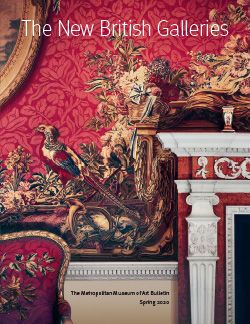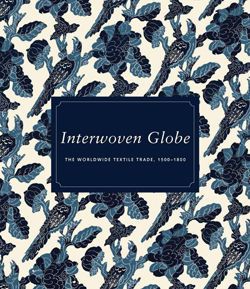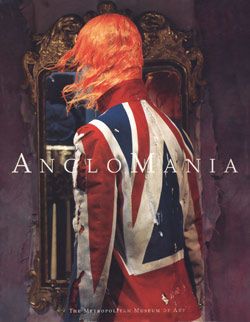The Toilette of the Princess from a set of Tapestries "After the Indian Manner"
Not on view
In the 1690s the London weaver John Vanderbank supplied nine tapestries in the "Indian Manner" to Kensington Palace, perhaps to complement the vast Asian porcelain collection of Queen Mary II. The Toilet of the Princess is likely similar to that royal commission. Such tapestries were made in sets of varying size, depending on the dimensions of the room they were meant to adorn. As many as fifty variations of tapestries featuring compositions with Asian and Indian characters atop little floating islands were made in England, attesting to their popularity. Placing the scattered vignettes against a dark background was inspired by lacquer panels imported from Japan and China.
Due to rights restrictions, this image cannot be enlarged, viewed at full screen, or downloaded.
This artwork is meant to be viewed from right to left. Scroll left to view more.








